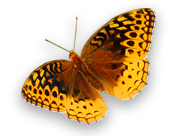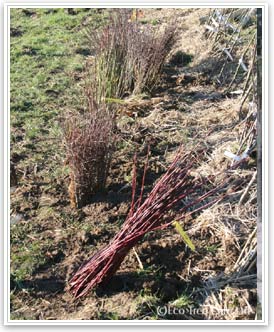Archive page
This website began in the summer of 2003 and so has seen much content over time. We have made a decision that, for now, rather than delete pages that are no longer being updated, or are for services that we no longer offer, we would instead place them in this archive section to serve as a portfolio, library & as a history
Mycorrhizal Inoculation
Introducing beneficial soil fungi when planting
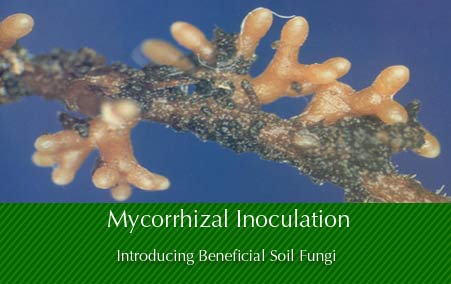
Image above reproduced by kind permission Shigo and Trees, Associates LLC
Mycorrhizal Inoculation - What is it?
Mycorrhizal inoculation is a technique of deliberately introducing beneficial soil fungi directly to the roots and to the surrounding soil when planting trees, woodlands or native hedges.
Mycorrhizal Inoculation...
![]() Improves transplant survival rates
Improves transplant survival rates
![]() Accelerates tree growth rates
Accelerates tree growth rates
![]() Increases tree growth in poor soils
Increases tree growth in poor soils
![]() Reduces need for fertiliser and fungicide
Reduces need for fertiliser and fungicide
![]() Increases resistance of trees to stress and disease
Increases resistance of trees to stress and disease
![]() Arrests decline for trees suffering from compaction,
salt, drought
Arrests decline for trees suffering from compaction,
salt, drought
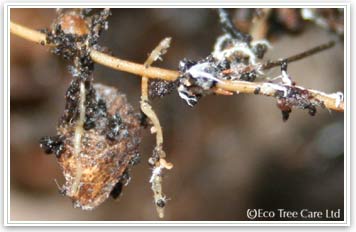
The roots of all trees have a symbiotic relationship with a particular class of fungus. This relationship is called a Mycorrhizal association, it is a mutually beneficial relationship where the fungus 'links-in' with the root.
The tree gives up some of its carbohydrates (sugars) which is it has made by photosynthesis to the fungus.
The tree in return gains the use of the extremely large surface area which is provided by the network of fungal strands that penetrate the soil structure.
This enables it to absorb water and inorganic mineral nutrients from the soil. The mycorrhizal fungus coating the root also provide a protection against external disease causing pathogens.
See Mycorrhizae - The Biology for a more in-depth explanation.
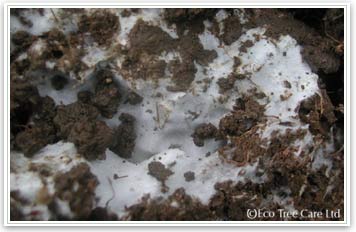
We at Eco Tree Care & Conservation Ltd have planned and planted large scale tree planting projects where we have worked side by side with soil scientists and horticultural experts.
This has given us a broad network of expertise and access to the highest quality mycorrhizal products currently available on the market.
This expertise is essential as there are many products out there that are so general in there mycorrhizal content that they are not necessarily the correct choice for tree and woodland planting.
Our planting experience & knowledge of mycorrhizal innoculation gives the best possible start to newly planted trees.
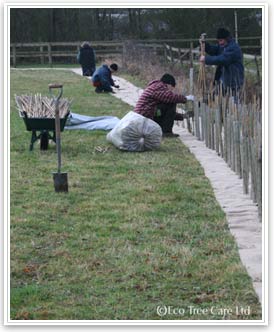 |
|
Native
hedge planting in North London - Mycorrhizal inoculation is standard on all our tree & woodland planting schemes. |
Trees
in a heeling-in bed prior to woodland planting These trees have been inoculated prior to heeling in. They will be re-inoculated at the time of planting. |
Mycorrhizal Inoculation & Woodland Planting - The History
In the early days of forestry
research into woodland planting & tree survival,
inoculation of young trees with mycorrhizal fungi
of the Ectomycorrhizal type (EM) (see
Mycorrhizal Inoculation - The Biology) involved
macerating and liquidizing the roots of ‘donor’
trees.The seedling root was dipped into the slurry
prior to planting. The planting survival results
were inconsistent and the preparation also did not
have long shelf life.
It was only in the 1980s that EM mycorrhizal fungi
were finally cultured on a commercial scale and
induced to form spores. One of the first to offer
a viable mycorrhizal inoculant for woodland planting
was a company called ‘Plant Health Care’
in the USA. The inoculant was based on the species
Pisolithus tinctorius, found on more than
100 species of woodland trees and shrubs worldwide.
Trials by the company produced increased tree growth
rates of up to 200 percent in the seedlings of several
pine tree species.
Mycorrhizal fungi are not found in subsoil and dislike
disturbed ground, so it is common to find that they
are absent from gardens of new-build houses or where
there has been recent landscaping. Inoculation of
the roots of newly planted tree seedlings can dramatically
increase the success of new plantings in such situations.
Simply digging over beds or hoeing in a garden can
disrupt existing mycorrhizal relationships, so there
is certainly no harm is introducing mycorrhiza with
the planting of trees and shrubs either singly or
as part of a larger hedge or woodland planting project.
A cycle of negative feedbacks is common in gardens:
disturbance damages the fungal partners of plants,
making them less able to absorb nutrients, so the
gardener adds a chemical ‘fix’ of inorganic
fertiliser, which is toxic to the fungi, making
them even less able to supply the plant. The cycle
is self propelling.
This is the situation that modern farming now finds itself in, the living soil system has been killed with chemical fertilisers, pesticides, insecticides, fungicides and so on. The cycle is only being slowly broken by adoption of organic farming practice.
New Woodland and Tree Planting
Mycorrhizal fungi form
associations with fine, actively growing fibrous
roots, so the fungus need to be physically introduced
to this part of the tree. For new plantings the
simplest method, now well-established in forestry
and landscaping, is to apply a solution containing
the inoculant by dipping the roots in a liquid or
gel formulation (see below).
This technique is only really suitable for dormant,
bare-root trees which are only available between
November and early April.
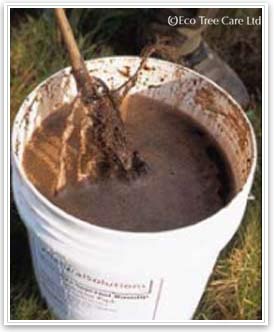 |
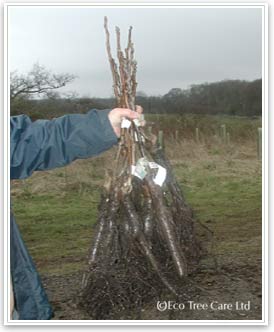 |
A
gel-based root-dip formulation containing
Used
in the planting of new woodlands |
These Grafted Walnut trees have just been dipped into an mycorrhizal inoculant solution prior to planting Bare-root tree planting during the winter planting season is greatly aided by Mycorrhizal Inoculation |
For pot-grown trees, tablets or powdered formulations can be mixed into the growing medium. The nursery industry has been quite slow to take up this method, probably because plants grown in sterile media and supplied with all their water and nutrient needs may show little extra growth after inoculation.
While large growth increases have been found in some cases, results have been mixed. Generally, though, inoculated plants trees never perform worse than those that have been left untreated.
Once they are planted if they have a mycorrhizal association then they are more likely to survive and thrive.
Treated, pot-grown stock, when planted out and exposed to soil pathogens for the first time, have been shown to establish more quickly with better disease-resistance, and thus suffer less from ‘transplant shock’.
Established Trees
Well-established plants including mature trees can also be inoculated.
On a small back-garden scale
this can be carried out simply by ‘pricking’
the soil with a fork all around the rooting zone
of a tree and introducing the mycorrhiza by spraying
the area with a liquid solution of mycorrhizae using
a knapsack sprayer.
A more industrial technique employed is ‘Terravention’
which physically blasts fungal inoculants into the
root system using pressurised nitrogen gas, and
is particularly valuable in areas that are suffering
from soil compaction, as the gas opens up air channels
to some depth, such as in sites where there is a
lot of pedestrian or vehicular traffic and on building
sites.
The Royal Botanic Gardens, Kew reversed the seemingly-terminal
decline of several specimens, including some of
its oldest trees, with Terravention. A Platanus
orientalis planted in the original garden in 1761
and a Sophora japonica from 1762 were both re-invigorated
by Terravention in 1997, and a Cedrus deodara, marked
for removal since two-thirds of its crown was completely
defoliated, greened-up within months of treatment.
All three continue to recover well.
Mycorrhizal Inoculant Preparations
New Woodland, Orchard &
Native Hedge Planting
During our 2007 to 2011 tree planting seasons we
used preparations of the following fungi as our
Mycorrhizal Inoculant in our new woodland, orchard
and native hedge planting projects.
Endo Mycorrhizal species
- Glomus clarum, G. intraradices, G. mosseae, G.
deserticola, G. monosporus, G brasilianum, Gigaspora
margarita.
Ecto Mycorrhizal species - Pisolithus
tinctorius, Rhizopogon sp. Biofixed beneficial soil
bacteria and fungi, Biofixed beneficial soil bacteria
and fungi, (Bacillus spp., Pseudomonas spp., Arthrobacter
sp., Acetobacter sp., Lactobacillus sp., Lactococcus
sp., Comamonas sp., Nitrosomonas sp., Nitrobacter
sp., Rhizopus sp., Phanerochaete sp., Saccharomyces
sp., Sporotrichum sp.

